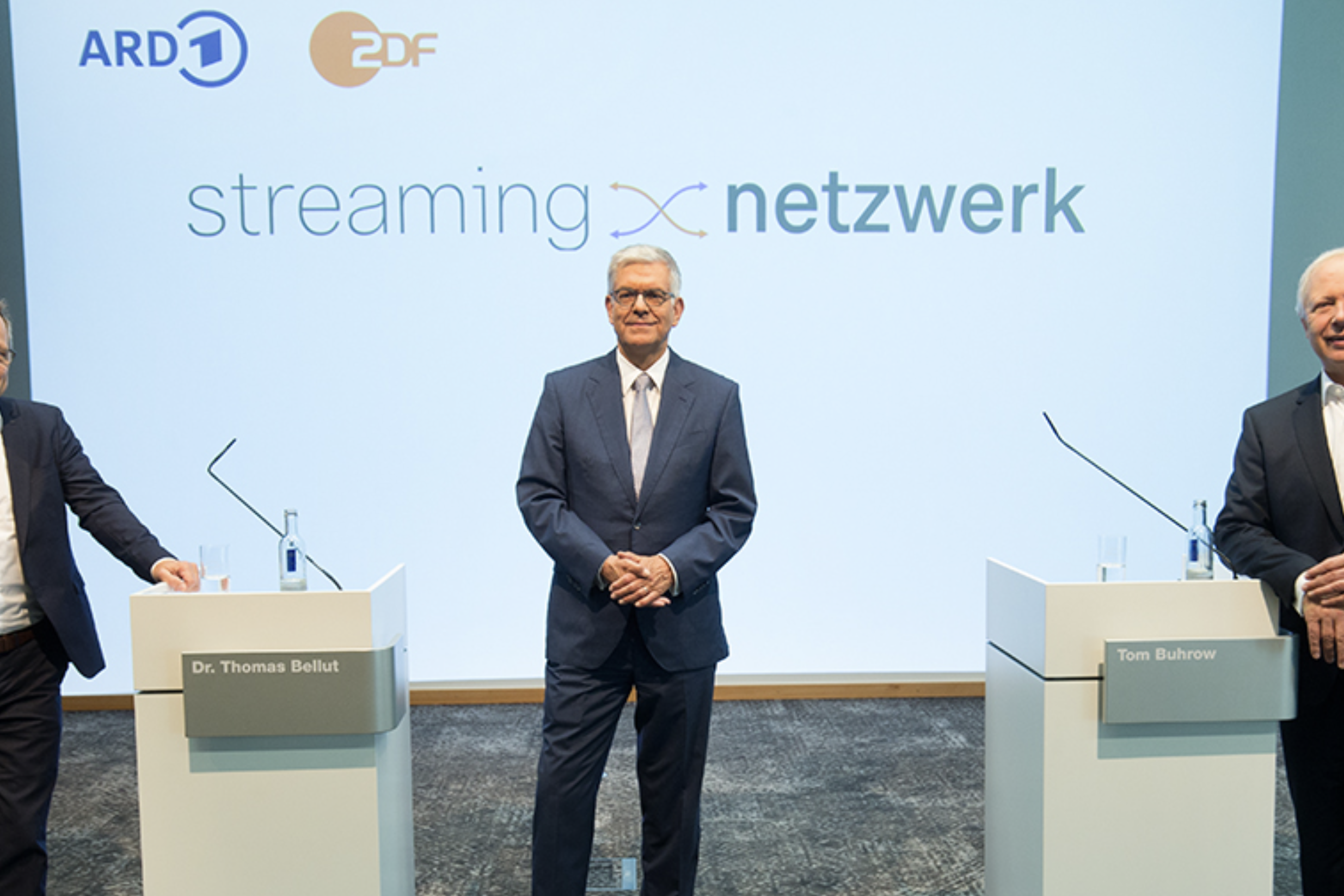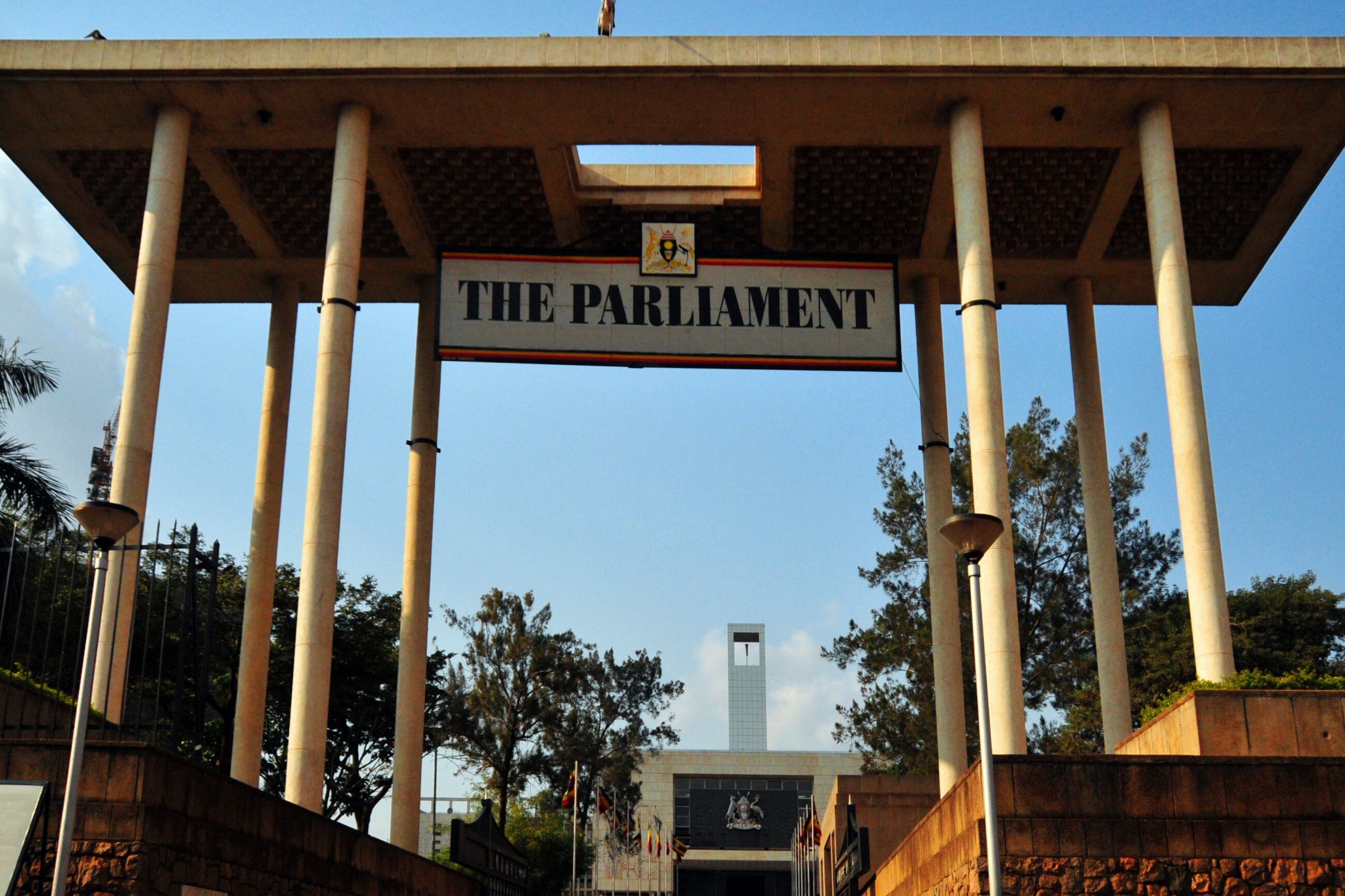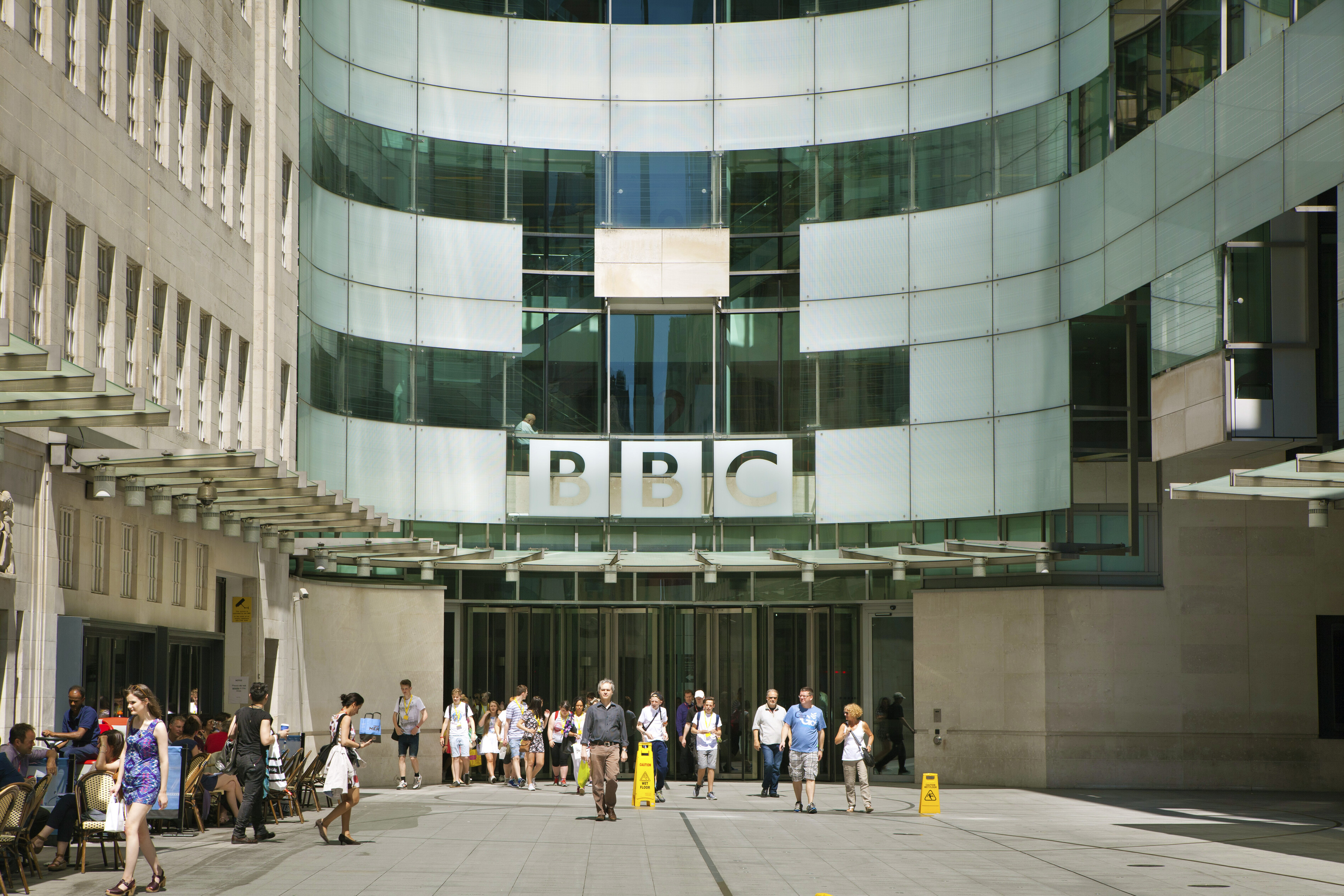A recent survey held in the wake of Germany’s 2021 federal election highlights the relevance and public trust placed in public broadcasters during the electoral process.
German public broadcaster ZDF has revealed that it ranked highly in a recent audience survey conducted in the week following the 2021 federal election.
“The public television broadcasters received the best rating from the citizens for their information service,” ZDF said in a press release. The broadcaster said that ZDF, Das Erste (ARD’s flagship channel), and Phoenix (ZDF and ARD’s joint channel) received ratings of 69%, 66%, and 54% respectively, for their information service.
Meanwhile, DWDL reports that Das Erste’s election day coverage on 26 September far outstripped other broadcasters to achieve the most viewers. With one special programme, the broadcaster reached 5 million people, accounting for 21.2% of the market share. Furthermore, Das Erste featured the four most-watched programmes on election day, and had the top five programmes among young audiences. ZDF followed ARD, reaching 3 million people from its 5pm broadcast on election day.
Read more: Focus on PSM: Germany
“In the election reporting, people trusted the public broadcasters first and foremost,” DWDL said. A similar trend was noted in coverage of the 2020 US Presidential Elections, where ZDF had the highest reach on election night.
TV was also the most popular choice for citizens to access information in the 2021 federal election. ZDF reports that the survey also showed that 68% reported using television for information purposes, compared to 54% who used social networks or the internet, 36% who used newspapers, and 31% who used radio.
A global trend
Public broadcasters across the world have long demonstrated their value during the electoral process, and it can be found across platforms.
In Australia for instance, ABC NEWS was the country’s top digital news brand during the weekend of the 2019 federal election. On 18 May (election day), ABC NEWS digital achieved record daily audiences for an Australian news provider, with a unique audience of 2.7 million. On 19 May, ABC NEWS was once again ranked first, setting a new industry record of 2.9 million unique visitors.
“ABC NEWS was No 1 across all devices on both days, with the Sunday smartphone audience hitting a record high of 2.1 million, up 160% on the 2019 average. ABC News digital also achieved greater engagement per user than competitors across the weekend, with the highest sessions and time spent per user among top news providers,” ABC said in a release.
On television, ABC had the most-watched coverage on election night, with a reach of 5.3 million across its main channel and the ABC NEWS channel from 4pm to midnight.
In Canada, CBC also set new records with its coverage of the 2021 election, held on 20 September. CBC reports that on election day it achieved 9.4 million unique visitors who spent 2 million hours on its digital platforms – the highest single-day digital reach ever. On television, CBC TV and CBC News Network rated highly in the 2+ and 25-54 demographics, peaking at 2 million viewers just before 11 pm. On the public broadcaster’s audio platforms, the CBC News election special reached 1.24 million listeners on CBC Radio One while CBC Listen garnered its highest-ever number of unique visitors.
“Compared to the 2019 federal election, video views on CBC Gem increased by 43 per cent, while video views on the CBC News app increased by 85 per cent. The CBC News app also reached 28 per cent more unique visitors compared to 2019,” CBC said.
And in the United States during the November 2020 election, public broadcaster NPR saw its largest audience ever on its website, reaching over 34.7 million unique users. This figure surpasses NPR’s usual weekly broadcast radio listenership. Overall, NPR saw 158.9 million pageviews during election week, with further consumption of its content across its member station’s digital properties.
“Audiences turned to NPR for credible and trustworthy news coverage at an inflection point in American history,” NPR CEO, John F. Lansing, said. “When it matters most, we are here for audiences as they grapple with a deeply divided nation, a pandemic that continues to intensify, a financial crisis that has wreaked havoc around the world, and an overdue reckoning with systemic racism and its legacy.”
Despite the current challenges to public broadcasting – funding cuts, political interference, accusations of “fake news”, and growing attacks against public media journalists – the reach and ratings of public media during elections highlight a publicly-recognised relevance. It demonstrates that at the most crucial of times, when the public looks to inform and educate themselves, they turn to public media. Audiences still trust public service media and, in many countries, they serve as key institutions for democracy.
Header:ZDF Symbol At The Capital Studio In Berlin. Credit: cbies/istock
Related Posts
23rd June 2021
ARD and ZDF are expanding their media libraries into a common streaming network
Press Release: The ARD and ZDF are…
14th January 2021
Serious concerns for transparency and journalist safety during Uganda’s general election
Uganda’s general election takes place…



